In the last blog, I mentioned Gabriel Davioud, who is credited with designing some of the classic street furniture of Paris. I wanted to know more about him. That proved to be a challenge. The ordinarily helpful Gallica offered 25 images of his creations, from monuments to theatres to an over-the-top lamp standard he created for the 1867 Exposition. But no articles, no books, no biography.
Eventually, I tracked down an exhibition catalogue published in 1982 by the mairies of the 16th and 19th arrondissements, called Davioud: Architecte de Paris. There were no copies in Toronto, but I was able to get one through inter-library loan. It begins:
Parisians do not know Davioud… And yet of all the architects who have shaped modern Paris, the city we see every day, Gabriel Davioud (1824–1881), who was born and died in Paris, is the one who contributed most strongly to give us an image of the capital so familiar we cannot imagine that it could be different.
« Les parisiens ne connaissent pas Davioud… Et pourtant de tous les architectes qui ont modelé le Paris moderne, celui que nous contemplons tous les jours, Gabriel Davioud (1824–1881), né et mort à Paris, est celui qui a le plus puissamment contribué à nous donner de la capitale une image tellement familière que nous n’imaginons pas qu’elle eût pu être différent. »
Well put, I thought. Then I looked at the frontispiece, his portrait, with the words “M. Davioud, Architecte du Palais du Trocadéro” underneath.
Really? That monstrosity?
Before I inflict the full horror on you, I will give you the view from a distance, in a postcard dated 1904 we found in a flea market. The writer has used the arch of the Eiffel Tower to shape an invitation to lunch to some friends. (I hope they made it.)
The beastly thing was built for the 1878 exposition. Davioud died three years later, perhaps of embarrassment.
The next view shows the vast wings extending to either side, with,visible on the left, one of the pavilions that terminated these extensions.
Here’s a closer view, slightly off-centre because of what appear to be repairs to the Iéna bridge, which links the site to the Champ de Mars.
The middle part is a very large theatre, in case you are wondering. The book contains a cutaway view. The auditorium housed an enormous pipe organ, and Charles-Marie Widor played at its inauguration.
Looking at it in all its awfulness, I have questions. What was there before? How did it get its name? (The current occupant of the site is called the Palais de Chaillot.) What on earth was Davioud trying to accomplish? And what happened to it in the end?
First, the history of the site. Until the mid-19th century, this was the far western edge of the city, with a customs barrier where the wall met the river. There had been a convent here at one point, but it was destroyed during the Revolution.
Napoleon Bonaparte envisioned a massive palace here, even bigger and better than Versailles, which he was going to call the Palais du Roi de Rome. (The King of Rome was Bonaparte’s son, who reigned for about two weeks as Napoleon II.) He had plans drawn up by Charles Percier et Pierre Fontaine. Construction started in 1811, but petered out when the Empire crumbled in 1814–1815. Here’s a view of how it would have looked.
Note the curving colonnades, possibly inspired by the curved colonnades in front of St. Peter’s in Rome. That idea persisted in what came later.
A decade went by. The monarchy was restored. And in 1823, there was something to celebrate – a French military victory at the Trocadéro Fort in Spain, near Cadiz. The French had gone there to liberate King Ferdinand VII, who had been imprisoned for refusing to accept a constitution. The French attack was successful, the king was freed, and absolute monarchy was re-established in Spain.
Bad cause, good victory. And the French needed a victory to make themselves feel better after the defeat of Waterloo. National rejoicing ensued. In 1826, a military jamboree, complete with a temporary Arc de Triomphe (the permanent one was still under construction), was held on the Chaillot heights to celebrate the triumph of Trocadéro. And that pretty much explains the name.
Further plans for the hill came and went. One included an obelisk as a permanent memorial of the Battle of Trocadéro (why an obelisk? you may well ask, and I have no answer), surrounded by some Mediterranean-looking houses, at least one of which was to serve as a military barracks. That went nowhere, but the artist’s renderings were interesting.
More decades went by. A bird’s-eye view map from about 1850 shows open land with some trees and a residential area nearby.
For the 1867 exposition, the land was cleared to create an open area on a slope offering views across the river to the exposition grounds. Then in 1876, the powers-that-be decided to extend the 1878 exposition site across the river from the Champ de Mars, and a competition was held for a building to crown the Chaillot hill. Davioud and another architect called Jules Bourdais jointly won the competition and collaborated on the plans.
According to a modern French description it is “a Moorish, neo-Byzantine palace” (« un palais mauresque néo-byzantin »). I think that is architecture-speak for something designed by a committee. Maybe Davioud and Bourdais didn’t get on.
The book I borrowed quotes critical assessments for and against. My favourite is from Marcel Proust, and appears in “The Prisoner,” part of A la Recherche de Temps Perdu:
As a monument, it’s pretty ugly, don’t you think? (« Comme monument c’est assez moche, n’est-ce pas? »)
Some writers tried to find something nice to say. Others gave up.
Charles Blanc : What appreciably redeems the obesity of the palace in the centre is the height of the two towers on either side. (« Ce qui rachète sensiblement l’obésité du palais au centre du plan, c’est la hauteur des deux tours dont il est flanqué. »)
Jules Simon: I admit that the rotunda is perhaps a little vulgar. (« J’avoue que cette rotonde est peut-être un peu vulgaire. »)
Joris-Karl Huysmans : It’s a mess of platitude and pastiche. (« C’est le gâchis dans la platitude et le pastiche. »)
Construction of the building revealed, as it does so often in Paris, quarries underneath the Chaillot hill. Making a virtue of necessity, the builders shored them up and opened them to the public. Oddly, this subterranean area was known as the Aquarium du Trocadéro.
 Anyway, for about sixty more years, the Trocadéro palace squatted on the Chaillot hill and glowered across at two more expositions, in 1889 and 1901. The jaunty name, its most endearing feature, was borrowed for picture palaces, dance halls, restaurants, and nightclubs in England, Australia, and the United States.
Anyway, for about sixty more years, the Trocadéro palace squatted on the Chaillot hill and glowered across at two more expositions, in 1889 and 1901. The jaunty name, its most endearing feature, was borrowed for picture palaces, dance halls, restaurants, and nightclubs in England, Australia, and the United States.
Finally, the organizers of the 1937 exposition decided that the obese rotunda and the towers had to go. The current building is a reworking of what was left (the two smaller structures that remained on either side of the rotunda, the building’s basement, and the curved colonnades) in an Art Deco style.*
The Palais de Chaillot is now the home of one of our favourite galleries: the Cité de l’Architecture et du Patrimoine, where we have seen amazing exhibits ranging from detailed model buildings and landscapes made from cut-out paper to an exhibition focusing on the links between urban architecture and bandes dessinés (comic strips).
Meanwhile, an ornate window frame and an arched doorway from the old toad remain like garden gnomes in the grounds to this day.
Text by Philippa Campsie. Postcards from our collection; map, aquarium, and exposition images from Gallica; images of unbuilt projects and the vestiges in the gardens from Wikipédia.
*One of the architects involved was Jacques Carlu, known in Toronto for his design of the Eaton auditorium on College Street, now an event space called The Carlu.
Further reading: Délégation à l’Action Artistique de la Ville de Paris, Gabriel Davioud: Architecte de Paris, Mairies Annexes des XVIe and XIXe Arrondissements, 1981–1982.

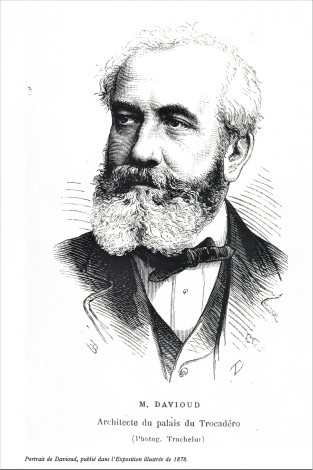




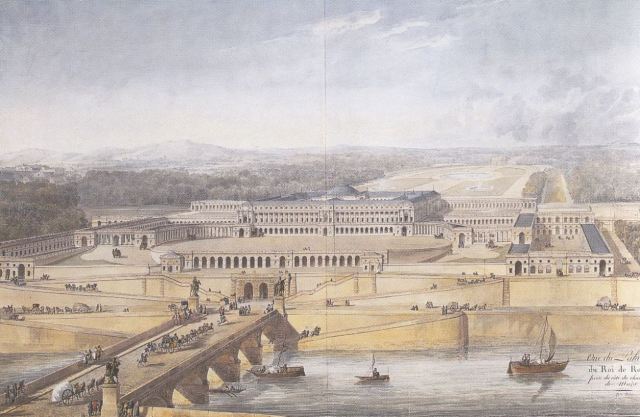
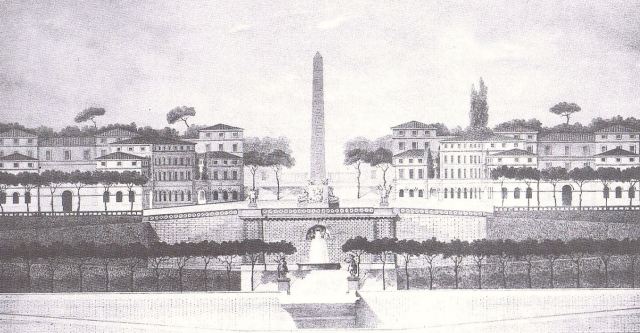

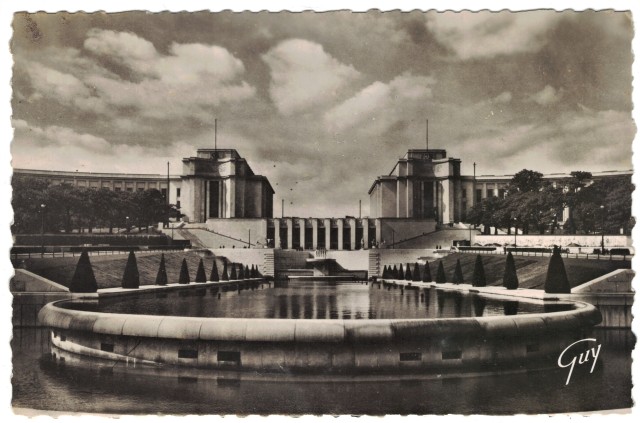






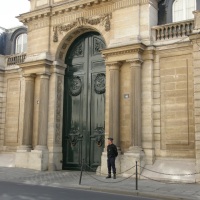
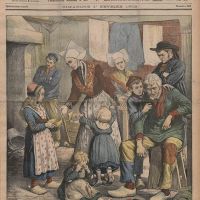

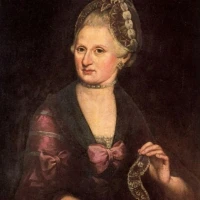
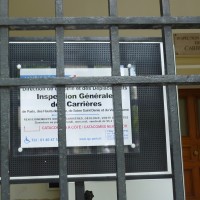
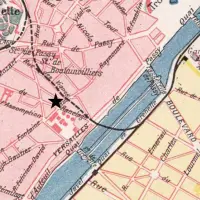
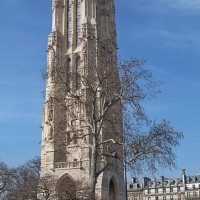









Interesting post, I like your humour! Apparently Davioud also designed the Fontaine Saint Michel, which has always struck me as rather ugly as well.
Good point!
Wow, all I wanted to know about the biggest erection in Paris. Too bad there no super condoms in those days. Cheers,Barney
hi barney – came across this piece by accident…love to hear from you. i’m living in santa cruz, still getting around, but no more trouble. married now for 35 years to carolyn mccall, a painter – see our website at http://www.carolinamcall.com.
one other change – using my middle name now — no more walt – i’m cliff barney
email cbarney047@gmail.com
Yes, many mourn the “lost buildings” of old Paris, but there are some we are better off without, like the Palais du Trocadéro. An “old toad” indeed. Napoleon’s planned palace looks like it would have been rather ugly too – a complex only Mussolini could love.
Lots of chuckles in this piece, along with your wonderful research and special finds, as always.
Napoleon’s proposal does look awfully stark and overwhelming, doesn’t it?
It was truly grotesque, as exposition buildings tend to be. I like the name though.
Indeed, I was interested to know the origin of the name. Funny how it came to be used elsewhere to indicate a place of entertainment.
I’ve always thought of Trocadéro as a garden and a Métro stop..nothing else. Thanks for the backgrounder, told with your usual intelligence and humour.
So glad you enjoyed it.
Pingback: Five Must-Subscribe Newsletters for your life in Paris and France | The American in Paris